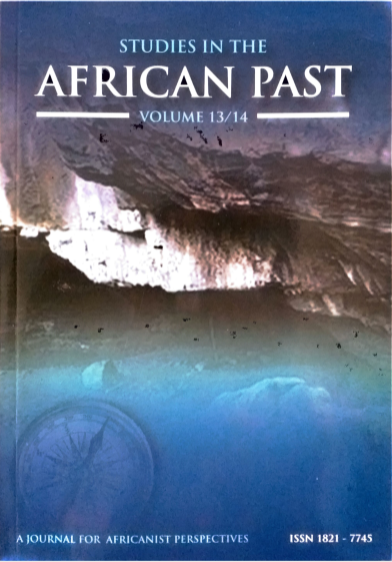Iron Fabrication during the "Age" of Tin and Bronze in the Southern Waterberg of Limpopo Providence, South Africa
Abstract
Ever since the 1908 re-discovery of the pre-colonial tin mines at Rooiberg in the Southern Waterberg of Limpopo Province of South Africa, archaeologists have focused much on tin and bronze production in and immediately around the mines. The interest in this metallurgy means that iron and copper have been overlooked despite the fact that the Southern Waterberg is also home to iron and copper ores that were exploited even before the second millennium CE inception of tin and bronze production in this area. This article explores iron production and consumption patterns at the second millennium CE sites of Rhenosterkloof I and Tembi I in the Sand River Valley of the Southern Waterberg. The present study specifically examines iron smithing technology through the analyses of blooms and metallic objects. To glean relevant information from the blooms and metallic objects, metallographic approaches of Optical Microscopy (OM) and Scanning Electron Microscopy (SEM) were used.
The key findings of this study suggest that the objects are products of indigenous bloomer iron technology, which was widely used in southern Africa during the pre-colonial period. Careful hot and cold working was done to achieve optimal qualities of these pre-dominantly no0 utilitarian iron objects. It is also clear that iron consumption patterns in the Southern Waterberg were embedded in the local and regional trade networks that services southern Africa in pre- colonial times.



